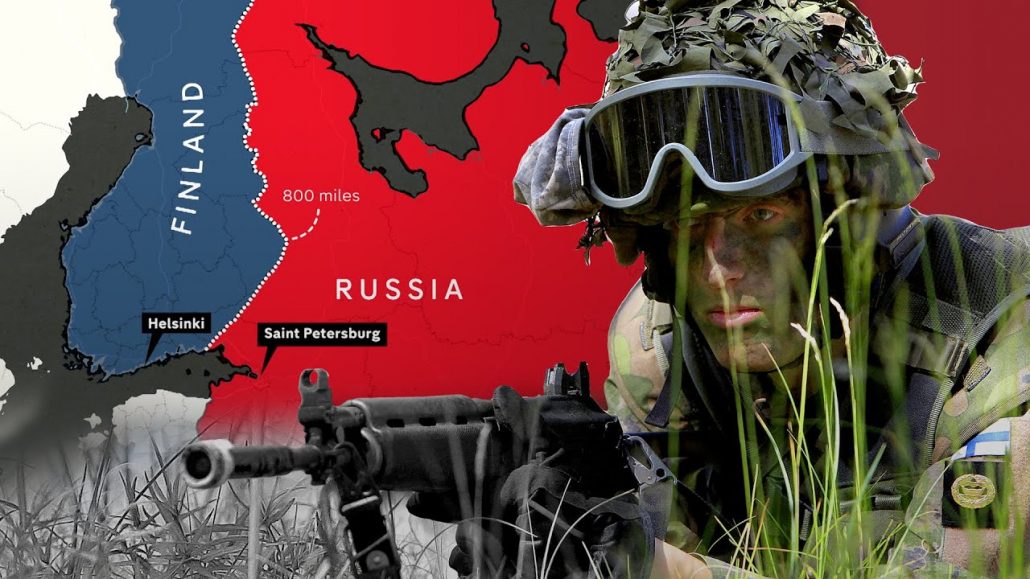
Helsinki Enhances Military Readiness, Civil Defense, and NATO Ties
As tensions with Russia rise, Finland has significantly stepped up its national defense strategy. Prompted by Russia’s invasion of Ukraine, the Finnish government has accelerated preparations for a range of conflict scenarios, including nuclear strikes, full-scale invasions, and hybrid warfare tactics such as cyberattacks and disinformation. This proactive stance stems from a deeply rooted national ethos shaped by past conflicts like the 1939 Soviet invasion.
National Security Through Comprehensive Defense Model
Finland’s approach relies on a comprehensive security model that engages all sectors of society. Central to this is mandatory conscription, which requires all males to serve in the military for nine to eighteen months. Combined with civilian preparedness and public-private sector cooperation, this model ensures high national resilience. The government aims to create a “will to defend” that deters potential aggressors by making Finland a hard target.
Hybrid Threats: From Shadow Fleets to GPS Jamming
Russia’s use of hybrid warfare has led Finland to intensify its focus on non-traditional threats. These include disinformation campaigns, cyberattacks, and the use of “shadow fleets” to circumvent sanctions on oil transport. Mikko Hirvi, Deputy Commander of the Finnish Coast Guard, noted an uptick in such activities, including undersea cable tampering. These incidents are now under criminal investigation.
Nuclear Preparedness and Civil Defense Infrastructure
Finland has also invested heavily in civil defense. Helsinki alone has shelters for over 600,000 people, equipped with water, beds, and toilets. Citizens are required to maintain emergency supply kits. These measures reflect Finland’s long-term strategy to protect its population in case of nuclear or other large-scale emergencies, especially given its 1,380 km border with Russia—the longest among NATO countries.
Deepening NATO and EU Security Ties
Finland’s security strategy includes closer military and diplomatic cooperation with NATO, the U.S., and Sweden. These relationships have intensified since Russia’s 2014 annexation of Crimea and gained new urgency with the invasion of Ukraine. According to Mikael Antell of Finland’s Ministry of Foreign Affairs, NATO membership has become crucial to counter Russia’s destabilizing influence. The EU has also imposed new sanctions targeting individuals and entities linked to Russian hybrid threats.
Conclusion
As Europe faces growing security challenges, Finland’s response offers a model of national resilience, combining robust defense, societal preparedness, and international cooperation to counter emerging threats from Russia.











Leave a Reply
You must be logged in to post a comment.